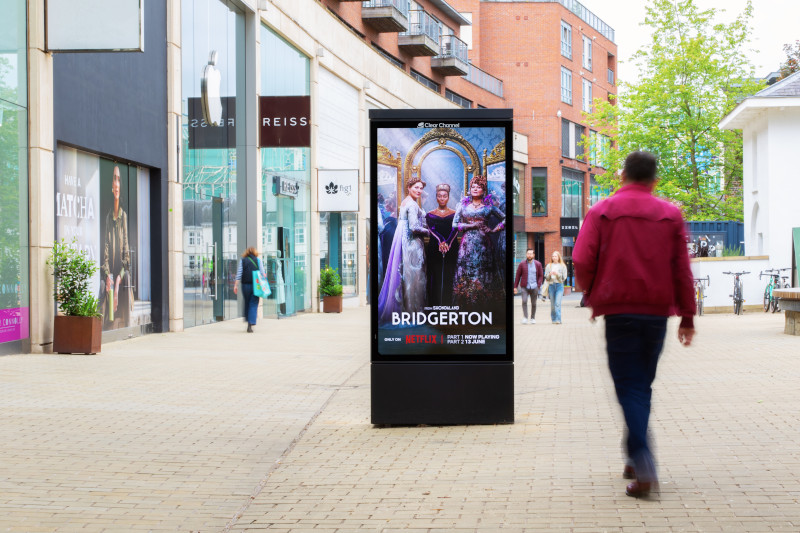

Gen Z shopping habits: What advertisers need to know
Every generation brings with it new ways of doing things, including novel shopping habits. And with a new generation firmly on its way to overtaking Millennials as the largest by population, it’s time to learn about Generation Z’s shopping habits and what they mean for you as an advertiser.
Who are Gen Z and why should you care about them?
Generation Z, or Gen Z for short, is generally considered to consist of everybody born between 1996 and 2010. It’s the second youngest generation, with only Generation Alpha (2010-2024) following on, so far.
It’s currently the fourth largest generation by population – behind the Millennials, Gen X, and Baby Boomers – with an estimated 12.6 million members of Gen Z in the UK. But there are already 4.3 million members of Gen Z in the UK workforce, and they’re set to be the majority in the near future.
Gen Z’s identity was heavily influenced by digital technology. They were overwhelmingly raised within the context of the internet, which likely played a large role in shaping their habits at large, including the way they shop.
But there are plenty of other important factors to consider when it comes to Gen Z, including the economically uncertain period they were raised during, their general opinions on social matters, and the climate anxiety that underpins their young adulthood.
Four important Gen Z shopping habits
Here are four of the most critical Gen Z shopping habits and behaviours, and how you can learn from them to improve the impact of your advertising campaigns targeting Gen Z audiences.
Retail spaces remain vital
Contrary to popular belief, Gen Z has not abandoned the concept of physical retail. Although the share of total retail sales contributed by online stores rose considerably from 2006 to 2020, Office for National Statistics data implies that it might have plateaued at around 25%.
Our data adds more colour to the story – revealing that 81% of Gen Z and Millennial consumers think shopping malls are a good place to learn about new products and brands, and that 50% like making purchases in physical stores because it’s less hassle than shopping online.
In other words, Gen Z consumers are still going out to shop, which means that Out of Home advertising in shopping malls, high streets, and supermarkets is a critical component of any campaign targeting the cohort.
In fact, Gen Z and Millennial consumers are far more open to seeing OOH ads in physical retail locations than on social media, and 65% of them are more likely to choose to buy products advertised in the retail locations they visit.
They have different values
Finally, Generation Z shoppers are more concerned with entirely different factors than their predecessors when it comes to making purchasing decisions, which are important to take into account when designing ad creative.
Data shows that the biggest differences between Gen Z and the rest of the population in this regard are that they value brand authenticity more, seek greater transparency from advertising, and care more about product affordability. Each of these values should be translated in efforts to target the cohort.
What that means depends on what you’re advertising, and how. But, using Out of Home as an example, adapting to these values may involve generating ad creative with a greater focus on conveying brand values than communicating product features, and promotion of cost-effectiveness where relevant.
Advertising for Gen Z: Online and Out of Home
Gen Z, like all of the generations that came before and all that will follow, is not a monolith. But there are clearly observable differences in how they shop and what they care about, which effective advertisers will take on board.
Adopting a cross-channel approach that acknowledges Gen Z’s digital nativeness while also leveraging their interest in physical retail spaces is an effective place to start.
To get there, you can take advantage of the our network – one of the UK’s largest Out of Home media networks. Get in touch with us today to learn how you can use our network to target your Gen Z audience